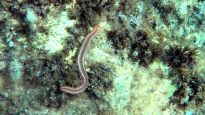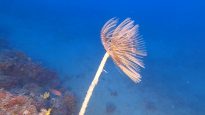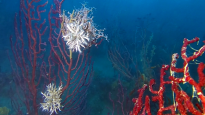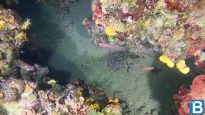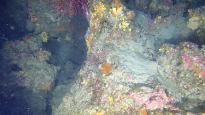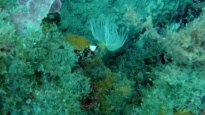Anellide Policheta - Polychaeta
Polychaetes Polychaeta annelid phylum Policheti Anellidi intotheblue.it
Bearded fireworm - Hermodice carunculata
Fanworm - Sabella spallanzanii
Filograna implexa - Salmacina incrustans
Peacock worm - Sabella pavonina
Red-tuft Protula - Protula tubularia
Serpulidae - Hydroides Dianthus
Polychaetes (Polychaeta Grube, 1850) are the phylogenetically oldest class of the annelid phylum, comprising about 13,000 species. They are benthic animals and have a marine habitat.
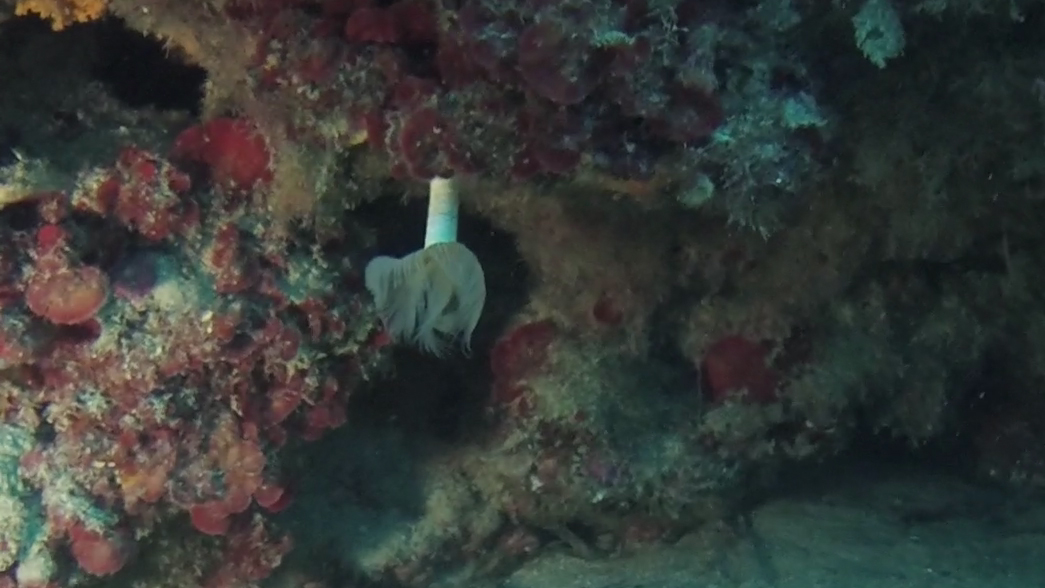
Morphology
They present an indirect development for larvae of the trochophoric type, in which there is the presence of already differentiated and metamerized coelomatic pockets. The trocofora of polychaetes represents the classical form, is characterized by a typical spinning top and by two ciliate bands, prototypical and metatroco, which surround the surface roughly at the level of the equatorial plane. These bands work both for movement and for feeding through plankton filtration.
The development occurs with the elongation at the back and the beginning of the segmentation, so the most recent segments are those near the pigidium. Polychaetes Polychaeta annelid phylum Policheti Anellidi intotheblue.it
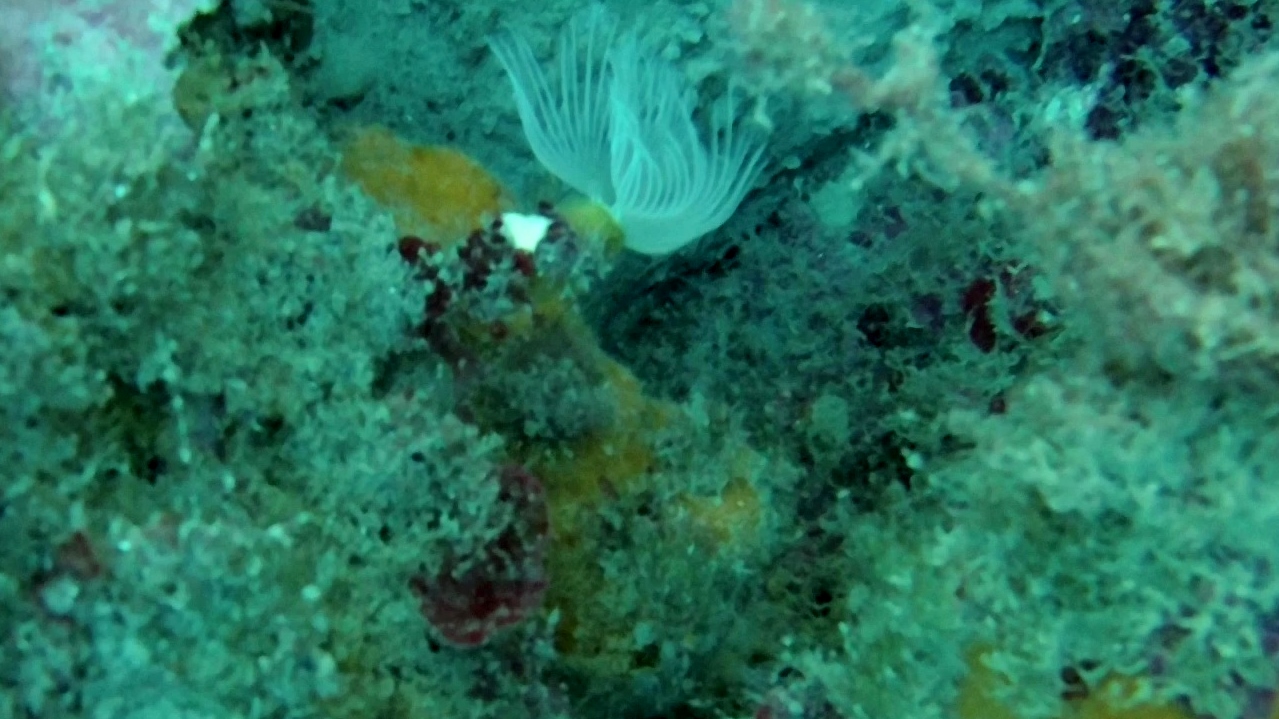
The size of most species ranges from 5 to 10 cm, but there are species that measure a few millimeters and others (Dasybranchus caducus) that can exceed the meter in length and the thickness of 2 cm.
The body shows a clear metameric segmentation. Polychaetes Polychaeta annelid phylum Policheti Anellidi intotheblue.it
There are three regions, prosthomia or cephalic region, metastomio or trunk and pigidium or tail. They are devoid of clitello (paracentral swelling rich in muciparous glands present in the earthworms instead).
The prostomium is the pre-oral segment, where the cerebral ganglia and sensory organs are located, including the eyes, the antennas or tentacles, the sensory palps and the nuchal organs; in the sedentary forms both the prostomium and the sensory organs can present themselves in very small dimensions. The peristomial or oral segment, where the mouth opens and where are the organs necessary for the capture of food and the sensory ones related to food. Prostomio and peristomio are not always well diversified, rather frequently they are more or less merged or overlapped. The buccal cavity is frequently evaginable and provided with chitinous papillae and mandibles. Polychaetes Polychaeta annelid phylum Policheti Anellidi intotheblue.it
The metastomio
The remaining metameric segments may be similar (metamer, homonym segmentation) or form clearly distinct regions (metamer, heteronomous segmentation); this is the case with some sedentary polychaetes. the most characteristic structures of the metastomie are the parapods. usually the parapods consist of two parts, a dorsal called notopodio, and a ventral one called neuropodio, both have a cirrus and are provided with bristles, the chitinous formations of a needle very characteristic from which the group name derives, which are connected by muscles to the ventral mesentery, this allows their movement and the consequent movement of the animal. Polychaetes Polychaeta annelid phylum Policheti Anellidi intotheblue.it
The pigidium
Some species have present and very visible parapods that allow them to crawl on the bottom (so-called wandering polychaetes). In many other species (so-called sedentary polychaetes), instead, the parapods are missing: they are often semisextile forms, sunk in the sediment through a tube produced by the secretions of epidermal cells (tubicolates). The composition of the tube is very varied, being able to be mucous, frequently mixed with particles of mud, sand or organic remains, membranous, chitinous or calcareous. Polychaetes Polychaeta annelid phylum Policheti Anellidi intotheblue.it
Some species, like the spirograph, are adorned with a rich and colorful crown of spiral tentacles.

https://it.wikipedia.org/wiki/Polychaeta
Polychaetes Polychaeta annelid phylum Policheti Anellidi intotheblue.it
Muraena helena – Echinaster sepositus – Stylocidaris affinis
Polychaetes Polychaeta annelid phylum Policheti Anellidi intotheblue.it

